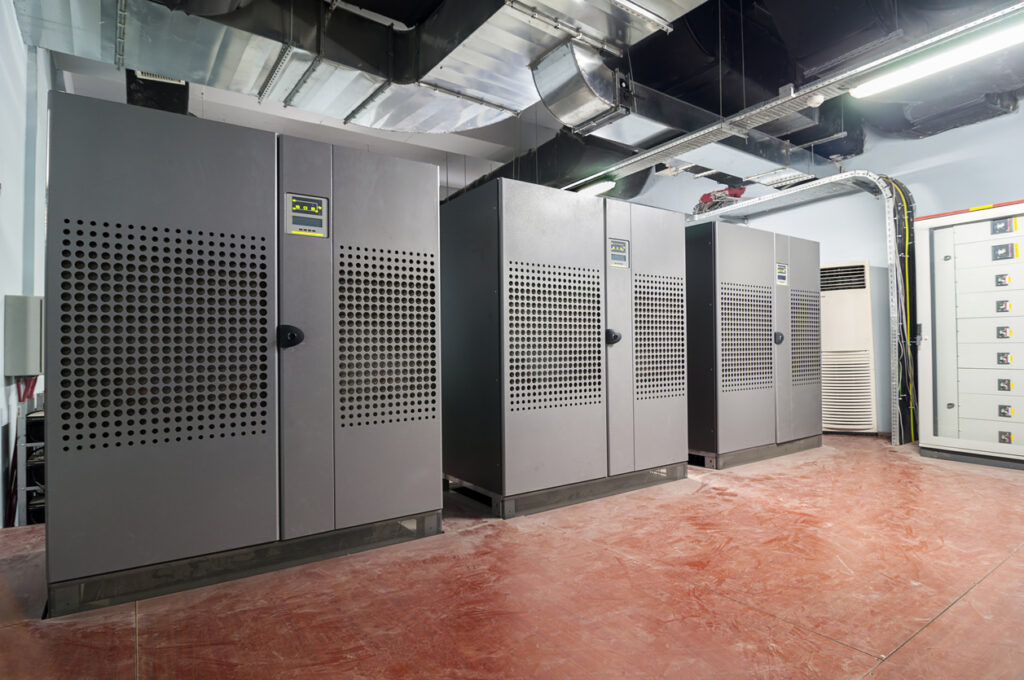Here are five major differences between EPS (Emergency Power Supply) and UPS (Uninterruptible Power Supply) systems.
- Purpose and Application:
- EPS: Emergency Power Supply systems are primarily designed to provide backup power during emergencies, such as power outages, natural disasters, or other unforeseen events. They are commonly used in critical infrastructure facilities like hospitals, data centers, telecommunications facilities, and industrial plants.
- UPS: Uninterruptible Power Supply systems are designed to provide backup power to critical electronic equipment to prevent data loss, equipment damage, or downtime in the event of a power outage. They are commonly used with sensitive electronic equipment like computers, servers, networking devices, and telecommunications equipment.
- Scale and Capacity:
- EPS: EPS systems are often designed for larger-scale applications requiring higher power capacities and longer runtime during emergencies. They may incorporate larger battery banks and diesel generators to support extended backup power requirements.
- UPS: UPS systems are typically designed for smaller-scale applications with lower power capacities and shorter runtime but faster switchover times to battery power. They are commonly used to provide short-term power backup until primary power is restored or until a standby generator comes online.
- Switchover Time:
- EPS: EPS systems typically have longer switchover times from primary power to backup power compared to UPS systems. This is because they are designed to provide backup power during prolonged outages and may require time to start diesel generators or switch to alternative power sources.
- UPS: UPS systems are designed to provide seamless and instantaneous switchover to battery power in the event of a power outage. They use inverters and battery banks to ensure uninterrupted power supply to connected equipment without any noticeable interruption.
- Voltage Regulation:
- EPS: EPS systems may or may not include voltage regulation capabilities, depending on the specific application requirements. In some cases, voltage regulation may be provided by additional equipment or by the power source itself (e.g., diesel generator).
- UPS: UPS systems typically include voltage regulation capabilities to stabilize the output voltage and provide clean power to connected equipment. They often incorporate automatic voltage regulation (AVR) circuits or online double conversion technology to maintain a constant output voltage regardless of fluctuations in input voltage.
- Cost and Complexity:
- EPS: EPS systems tend to be more expensive and complex than UPS systems due to their larger scale, higher power capacities, and additional features such as diesel generators. They may require more extensive installation, maintenance, and monitoring procedures.
- UPS: UPS systems are generally more cost-effective and simpler to install and maintain compared to EPS systems. They are available in a wide range of sizes and configurations to suit different applications and budgets, from small desktop units to large rack-mounted systems.


